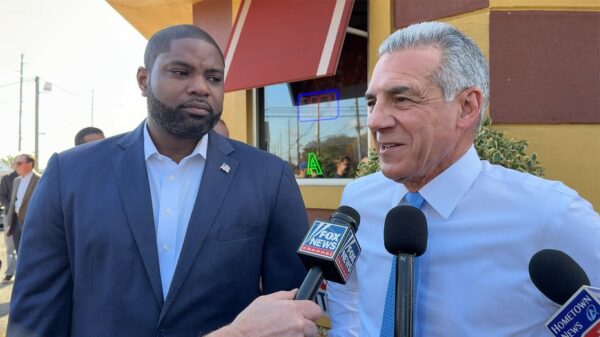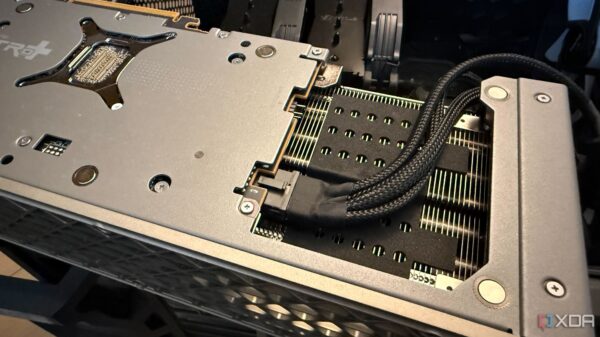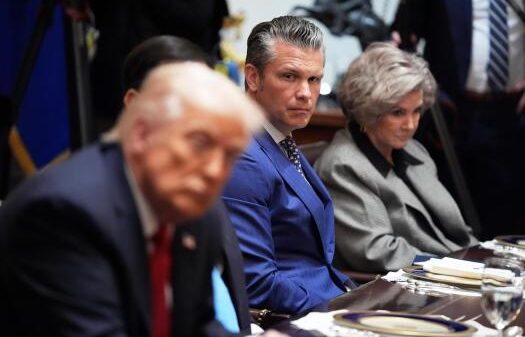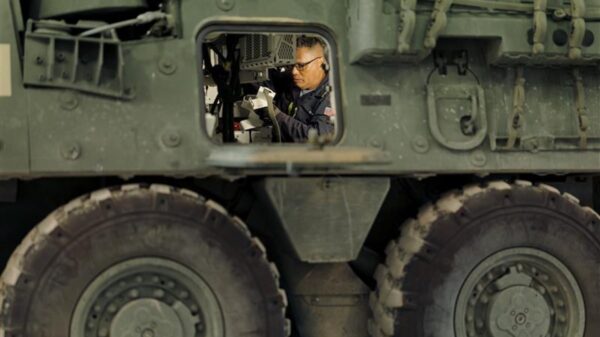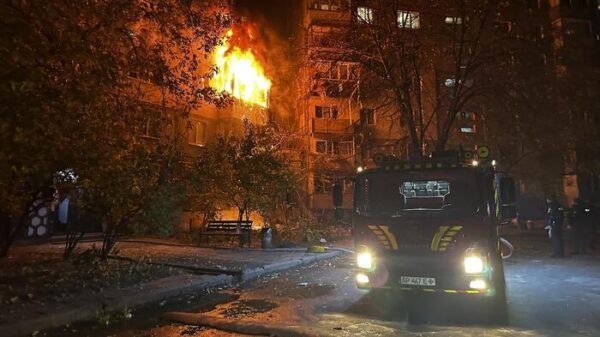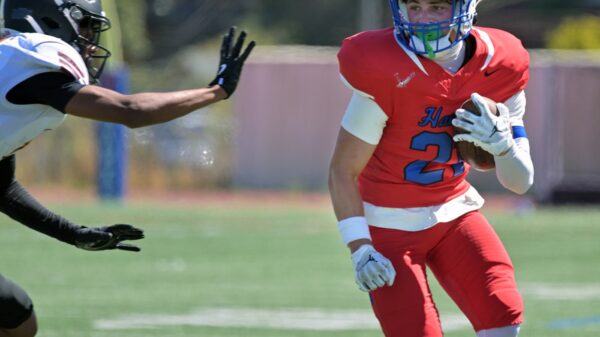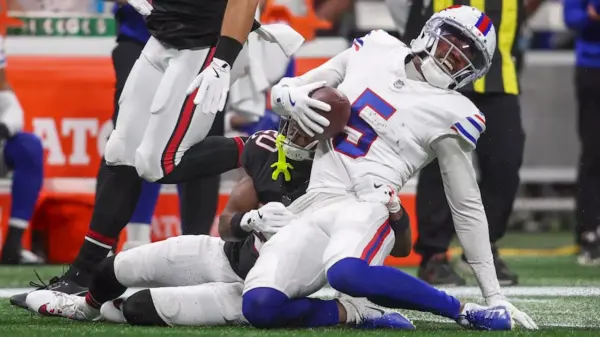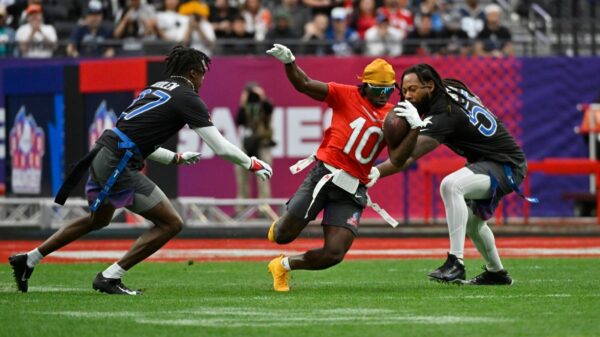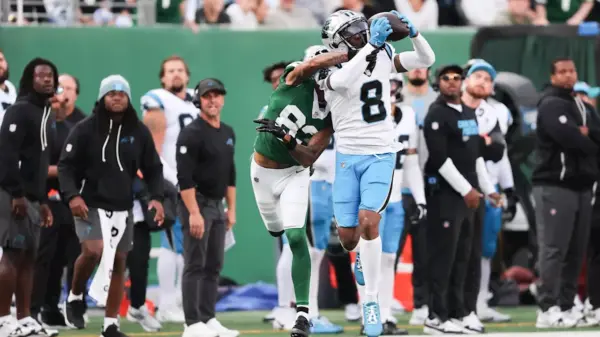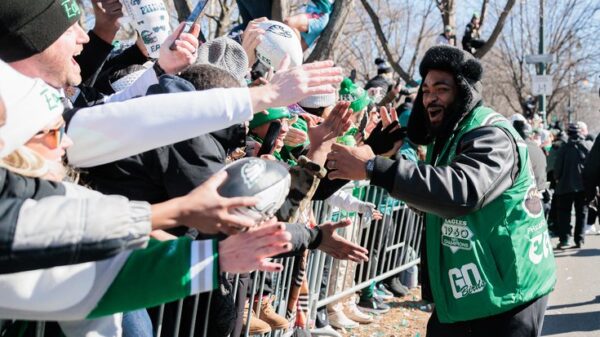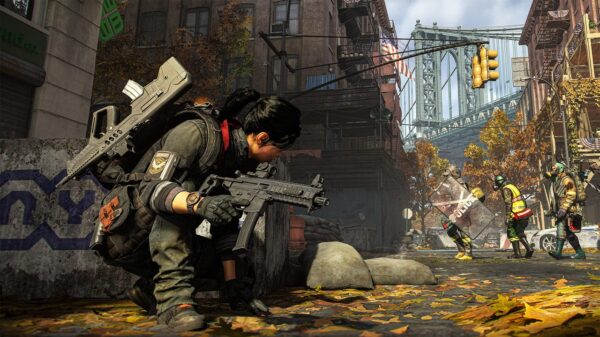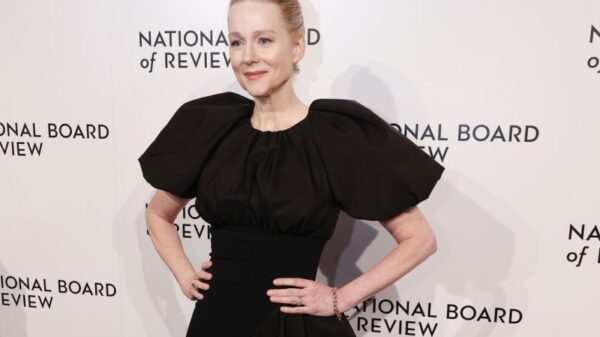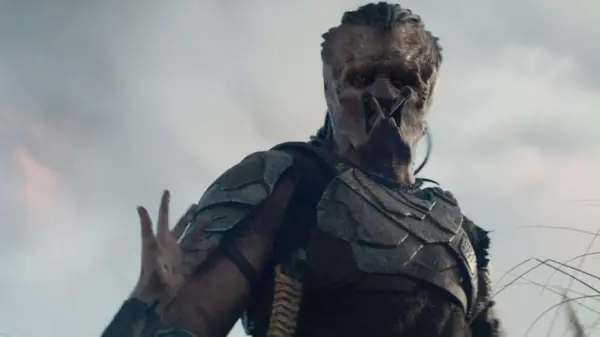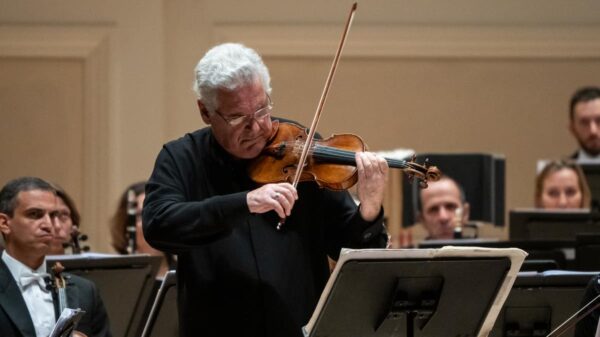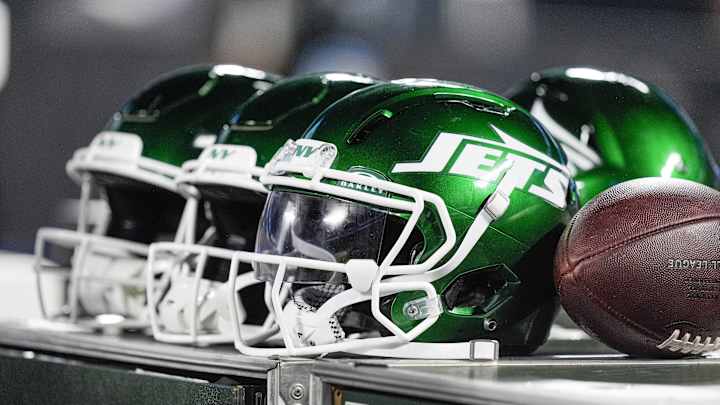Are the New York Jets and their fans placing unrealistic expectations on rookie tight end Mason Taylor? The excitement surrounding Taylor’s selection as the No. 42 overall pick in the 2025 NFL Draft was palpable, especially given his impressive credentials. At six-foot-five and 251 pounds, Taylor boasts an NFL pedigree and showcased significant talent during his time at LSU. However, concerns are emerging about whether he is ready to step into a leading role immediately.
The anticipation for Taylor’s debut is tempered by the current state of the Jets’ depth chart, which may thrust him into the TE1 position sooner than ideal. According to John Butchko of the Locked On Jets podcast, this may not be the best course of action for the young player. “I think expectations need to be tempered for Mason Taylor,” Butchko commented. “I don’t expect he’s going to be able to make a big impact on day one.”
Challenges Facing Taylor
Butchko’s concerns are not without merit. Taylor’s college experience, while impressive, may not have fully prepared him for the complexities of the NFL. “I don’t think the route tree he ran in college was really that diverse,” Butchko noted, highlighting areas where Taylor’s game might need refinement. Additionally, his blocking technique is another aspect that requires attention.
In an ideal scenario, Butchko suggests that Taylor would serve as a secondary tight end, allowing him to develop his skills without the pressure of immediate high-stakes performance. “Mason Taylor could come in and be tight end two, and play limited snaps, and run limited routes, and work on his game,” he explained. However, the current dynamics within the Jets’ roster may not afford him that luxury.
Competition and Strategic Decisions
The Jets’ strategy for the tight end position in the 2025 season remains a topic of interest. Darren Mougey and Aaron Glenn, the minds behind Taylor’s selection, face critical decisions as the season approaches. The signing of Stone Smartt in March adds another layer of complexity to the depth chart. Smartt, along with Jeremy Ruckert, presents potential competition for Taylor in the battle for the TE1 role.
These developments raise questions about how the Jets will manage their tight end lineup. Will Taylor be thrust into a starting position, or will the team opt for a more gradual integration? The answers will significantly impact both Taylor’s development and the Jets’ performance this season.
Historical Context and Future Implications
The situation with Taylor is not unprecedented. The NFL has seen numerous rookies face similar challenges when transitioning from college to the professional level. Historically, tight ends often require time to adapt to the speed and complexity of the NFL game, making immediate success rare.
For the Jets, the handling of Taylor’s development could have long-term implications. A rushed entry into a leading role might hinder his growth, while a more measured approach could maximize his potential. As the team navigates these decisions, the broader strategy for the season and beyond will come into focus.
The coming months will reveal how the Jets balance immediate needs with the long-term development of their promising rookie. As the season unfolds, Taylor’s progress will be closely watched by fans and analysts alike, providing insights into the Jets’ strategic direction and Taylor’s potential impact on the field.


